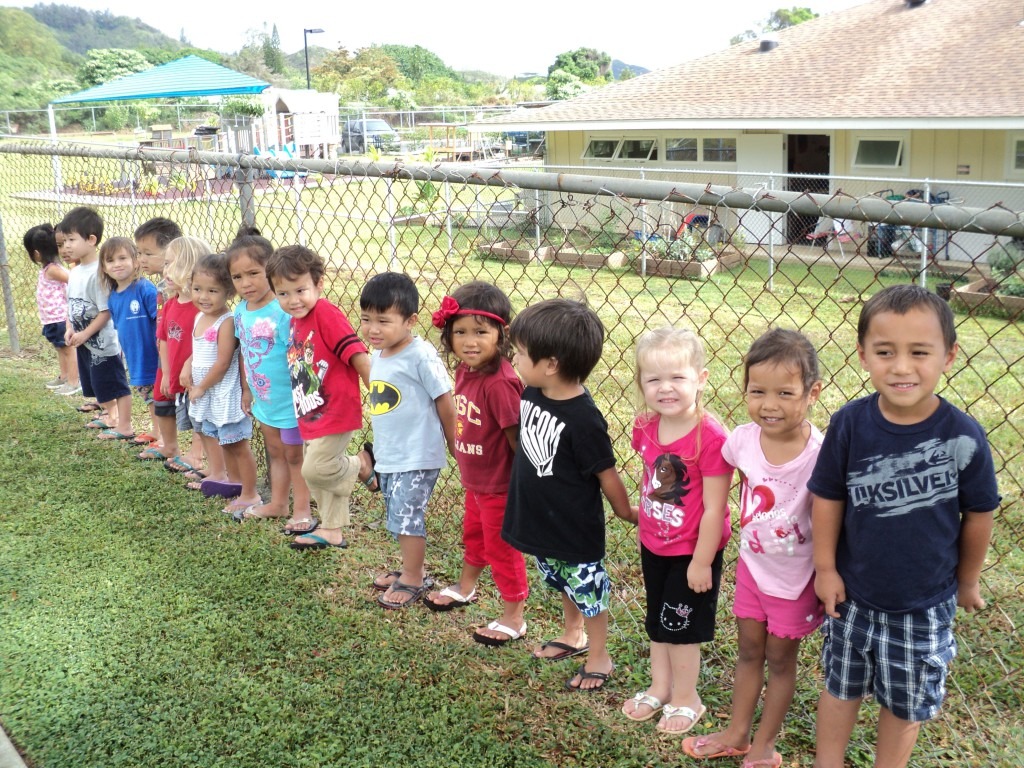Disaster Preparedness Should Focus on Children’s Needs

Pediatricians should collaborate with federal, state, tribal, local, and regional institutions to ensure that children are cared for physically and emotionally during a disaster, according to a policy statement issued by the American Academy of Pediatrics Disaster Preparedness Advisory Council and the Committee on Pediatric Emergency Medicine.
The policy statement, published online October 19 in Pediatrics, emphasizes that disaster planning must address the unique physical, mental, behavioral, developmental, communication, therapeutic, and social needs of all children.
The effect of disasters on children may be especially significant because debris, smoke, or other environmental hazards may affect them more quickly. As a consequence, pediatricians should participate as subject matter experts, agents of public health surveillance, healthcare providers, and representatives of practices or institutions. As such, they can advise on the potential for toxic exposures to have profound negative effects on children.
Since 9/11, many hospital emergency departments have created institutional disaster planning. Yet those same hospitals are unlikely to have explicit pediatric elements in their disaster plans. Pediatricians should collaborate with local hospitals, public health agencies, and emergency management teams to create such plans.
In addition, disaster planning should extend beyond emergency services and include a plan for how medical service facilities will continue to provide care for children during and after disasters. Care must include inpatient and outpatient service.
Pediatric primary care practices also need to be ready to care for children during and after a disaster. Thus, primary care practices should stock necessary equipment, medication, and supplies to meet patient needs during an emergency.
Unfortunately, fewer than half of pediatric practices have emergency preparedness plans, according to the AAP committee. The group recommends that such plans be created and that pediatricians should identify knowledge gaps that may compromise the treatment of children in times of unusual need.
“The expansion of existing outpatient capabilities can ease the burden on emergency departments and hospitals while providing more cost-effective care,” the authors write. “Examples of outpatient roles in disaster include telephone triage or treatment, increased acute visit availability, distribution of countermeasures and vaccines, and long-term monitoring for psychological and physical effects.”
The policy statement also recommends that disaster exercises and drills include children as both victims and responders.
“Disaster response plans are especially important in settings where children are separated from their families, such as schools and child care centers,” said David Schonfeld, MD, FAAP, a member of the American Academy of Pediatrics Disaster Preparedness Advisory Council, in an academy news release. “Care must be taken that the drills themselves do not inflict psychological trauma on children, however,” he said. “Staff and students should be informed before an exercise is conducted, especially if it includes scenarios (such as armed assailants) that are sure to be frightening to many children and staff.”
Additional resources from the American Academy of Pediatrics are available at on the American Academy of Pediatrics website. These include a Family Readiness Kit and a Pediatric Preparedness Resource Kit. A disaster readiness infographic also can be found online.












